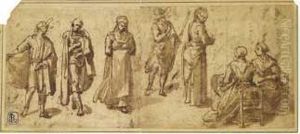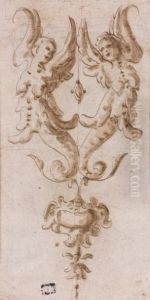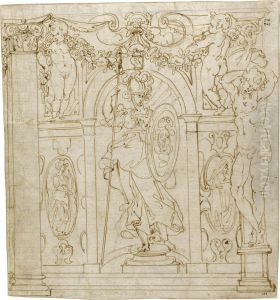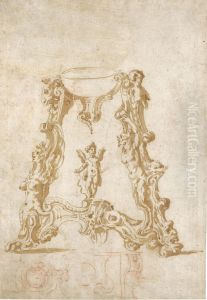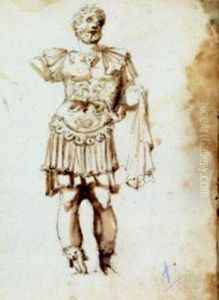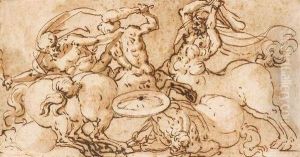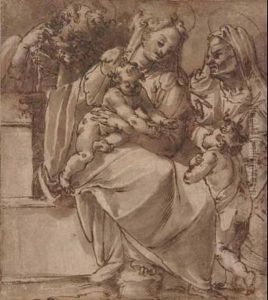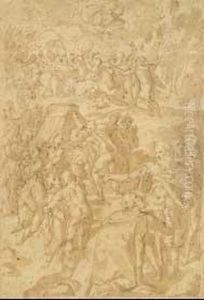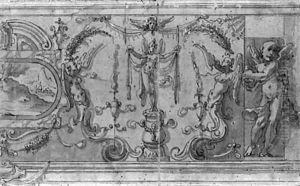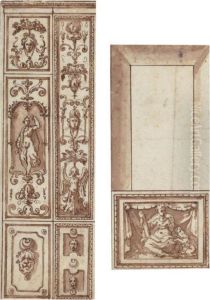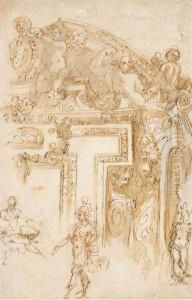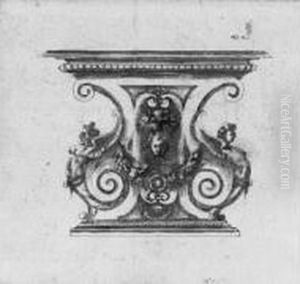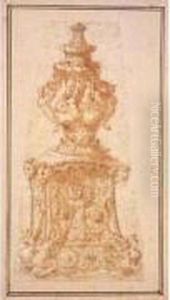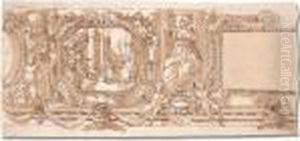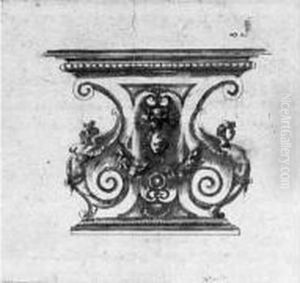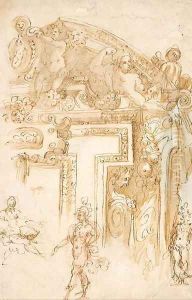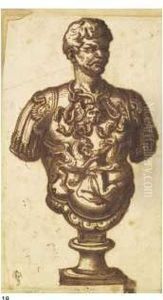Marco Marchetti, Called Marco Da Faenza Paintings
Marco Marchetti, known as Marco da Faenza, was an Italian painter of the Renaissance period, born in 1528 in Faenza, a city in the Emilia-Romagna region of Italy. He is distinguished not only by his artistic talent but also by his contributions to the development of Mannerist style in Italy and beyond. Marchetti's work is characterized by its sophisticated elegance, intricate detail, and the dynamic compositions that were hallmarks of the Mannerist aesthetic.
Marco da Faenza was initially trained in his hometown, but his artistic journey led him to Rome, where he became immersed in the vibrant artistic scene of the mid-16th century. In Rome, he was influenced by the works of prominent artists such as Raphael and Michelangelo. These influences are evident in his adept use of perspective, anatomical precision, and the dynamic poses of his figures. Despite these influences, Marco da Faenza developed a distinct style that emphasized elongated forms and complex, often swirling compositions.
Throughout his career, Marco da Faenza worked on various commissions that included frescoes, altarpieces, and decorative schemes for both public buildings and private residences. One of his most significant contributions was to the decoration of the Vatican under the patronage of Pope Pius IV. His work in the Vatican allowed him to collaborate with and learn from some of the leading artists of his time.
Marco da Faenza's influence extended beyond Italy. He was called to Spain by King Philip II to work on the decoration of the Escorial, a monumental complex that served as a royal palace, monastery, and mausoleum. His work there further exemplified his mastery of Mannerist aesthetics and cemented his reputation as a leading artist of his time.
Despite his success, detailed records of his life and works are somewhat scarce, and many of his pieces remain unattributed or have been lost over time. Nevertheless, Marco da Faenza's contribution to the Mannerist movement and his role in the cultural exchange between Italy and Spain during the Renaissance period remain significant. He passed away in 1588, leaving behind a legacy that continues to be appreciated by art historians and enthusiasts alike.
